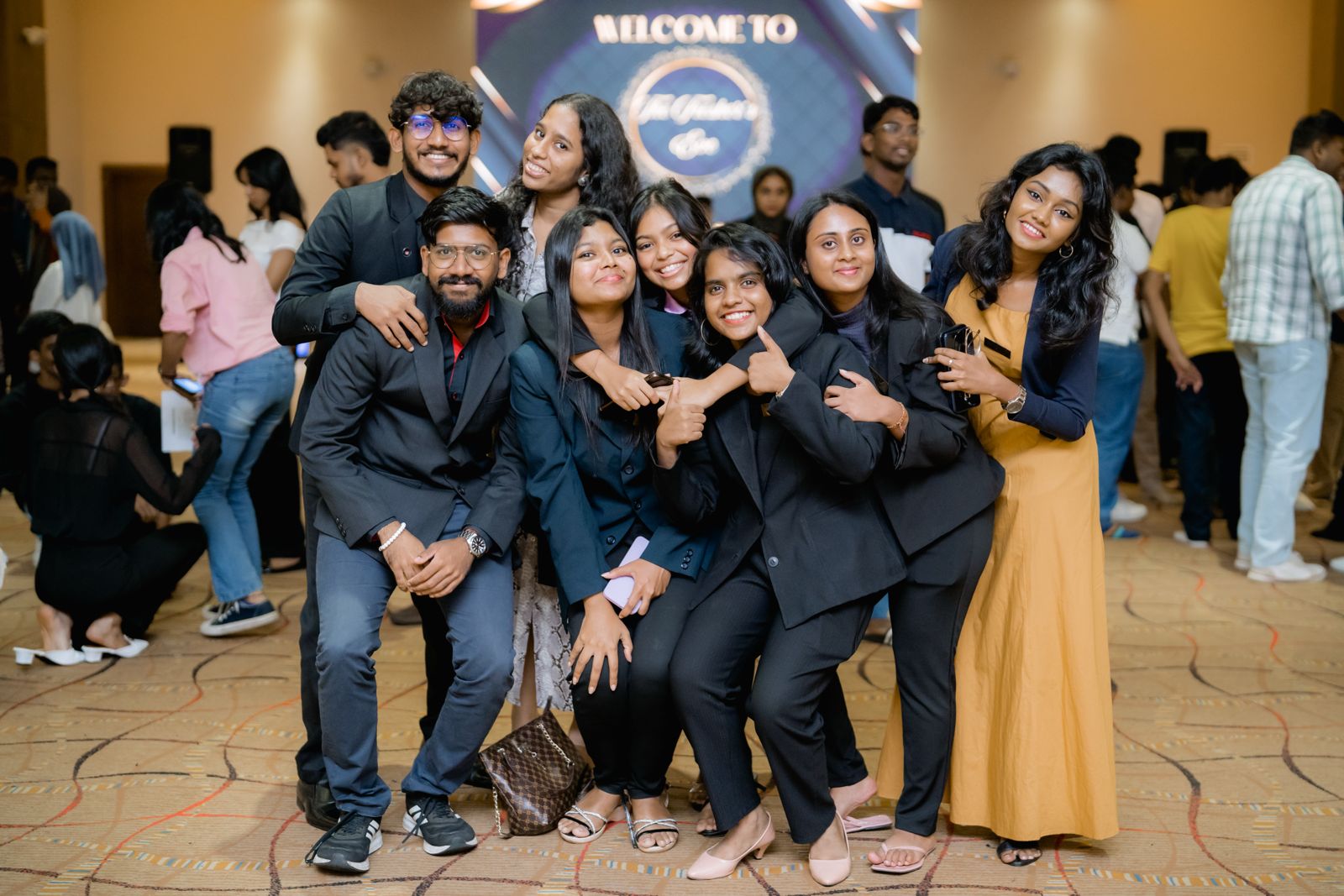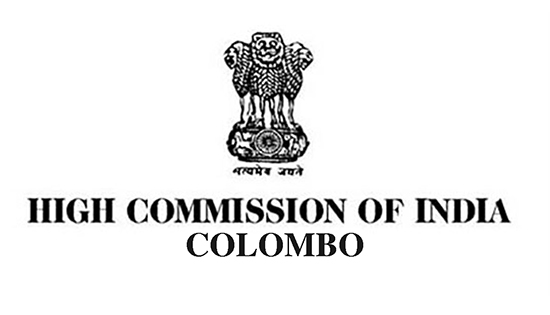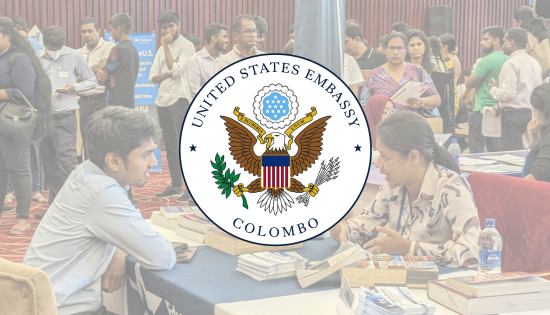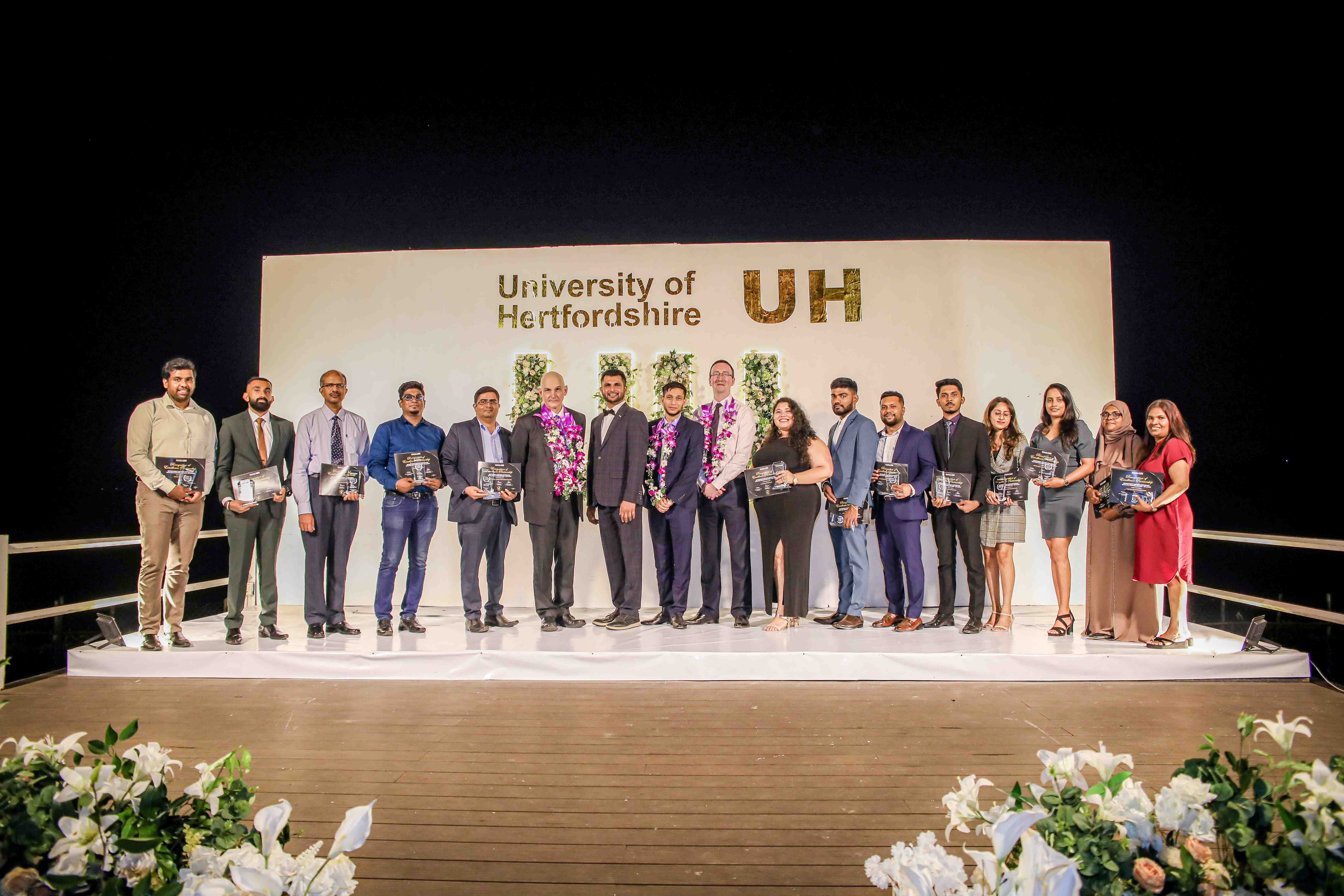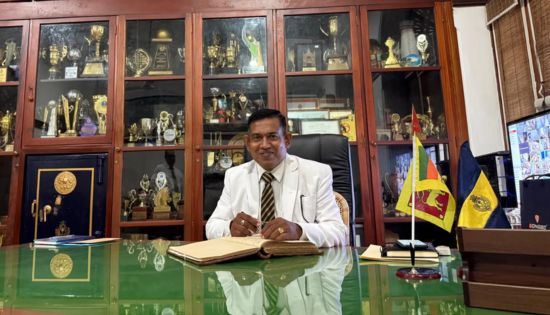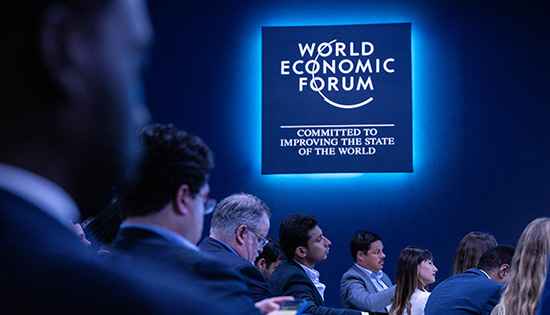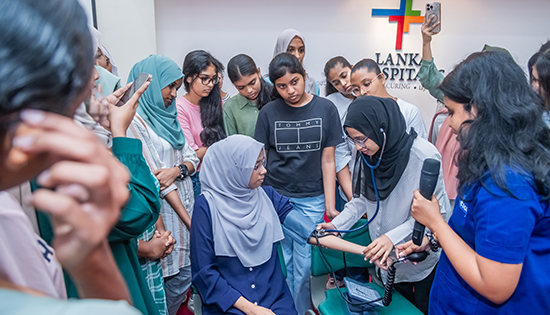From Different Eras to the Era of AI
It only took five to six decades for humanity to reach its current state. The transition from the industrial period to the period of Information took a fraction of the time it took to transition from the Stone Age to the Industrial Age, which took over a millennium. It’s clear that things are changing quickly and that transformations occur much more quickly than anticipated. Despite the difficulties that nature has presented, humanity has been able to keep its attention on improving what it has created. It demonstrates that although they are still unable to fully comprehend nature, they are improving in their ability to manage their own inventions.

It’s worthwhile to examine how they arrived at the current state of data, information, and communication technologies. 1950 – 1989 The invention of microchips and semiconductors enabled manual processes to be converted into digital technologies.

This started the first major Digital Transformation. Companies focused on shifting outdated processes to digital data. Worldwide, this created a need for business transformation and cultural change.
- 1958 The microchip and the semiconductor were invented
- 1965 Moore’s Law was defined – in 1965, Gordon Moore, a co-founder of Intel, observed that the number of transistors on a microchip was doubling approximately every year.
- 1975, he revised his prediction to a doubling every two years.
In addition to lowering processing costs, this trend has made it possible to create devices that are faster, more compact, and more potent.
In order to set goals for research and development, the semiconductor industry has relied on Moore’s Law as a guiding concept.
Even though the rate of miniaturisation is decreasing, Moore’s Law still plays a big role in how computing technology develops.

1990 – 2006 – The post-Internet era. It caused companies to rethink their customer interactions as the internet significantly changed how people interacted, searched, and bought.
- 1990 Internet becomes publicly available
- 1998 Google founded
- 2000 Half of US households have a personal computer
- 2004 Facebook founded
- 2005 Internet users reached 1 billion worldwide
2006 AWS created

2020 – 2022 – Pandemic Era–
- Because the internet drastically altered how people engaged, searched, and made purchases, it forced businesses to reconsider how they dealt with their customers.
As a result, business models changed, and organisations were compelled to move their digital transformation projects from the boardroom to the front lines with greater urgency. Many businesses needed this acceleration as a catalyst to improve the client experience.Global Pandemic of 2020
2022 Digital Transformation spending at $1.6 trillion

2022 to Present– Generative AI era–
Generative Artificial Intelligence or Gen AI. The pandemic accelerated digital innovations as companies were forced to rethink how they served their customers in a non-contact and remote world.
New technologies and advances in AI and machine learning are playing a huge and critical role in digital transformation initiatives.
While the history of AI warrants its own timeline, advances in machine learning and tools like ChatGPT, DeepSeek, Dalle-E, Mid-Journey, Jasper AI etcare clearly going to drive even more change in the way we work, interact, and live.
Are we ready? Or are we still procrastinating?
Denzil Perera — CEO, Deyo Strategy and Brand Consultancy
MBA – PIM (Merit), B.Sc. (Marketing Special) Hons, CIM-UK, MSLIM
Official Representative of Kotler in Sri Lanka and the Maldives
www.deyo.lk
0094777763717
Related News
Royal College welcomes its new Principal – Mr.Athula Wijewardena
Royal College welcomes its new Principal, Mr. Athula Wijewardana. With a distinguished career in educational leadership, Mr. Wijewardana brings a wealth of…
Read MoreNavigating the Future: Essential Skills for the Workforce in 2030
As we navigate the rapidly evolving job market, understanding which skills will become essential in the coming years is vital for both…
Read MoreFrom Different Eras to the Era of AI
It only took five to six decades for humanity to reach its current state. The transition from the industrial period to the…
Read MoreFeel The Beat of A Medical Doctor
An Unforgettable Experience! On the 15th of March 2025, the Lanka Hospital Auditorium came alive with the rhythm of medical excellence as…
Read MoreMaster’s Degree any student can do and they are in High Demand
In today's rapidly evolving global job market, Sri Lankan students have a unique opportunity to enhance their career prospects by pursuing master's…
Read MoreCourses
-
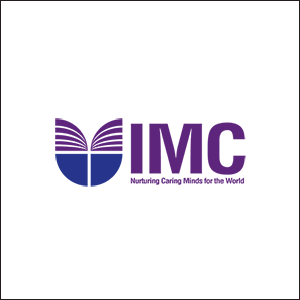
IMC – Bachelor of Psychology
IMC Education Overview IMC Campus in partnership with Lincoln University College (LUC) Malaysia offers Bachelor of Psychology Degree right here in Sri… -

ANC – BA (Hons) International Business Management (Top-Up)
ANC Education Overview Designed in partnership with public and private business organizations, this program develops one’s ability to critically evaluate business models… -
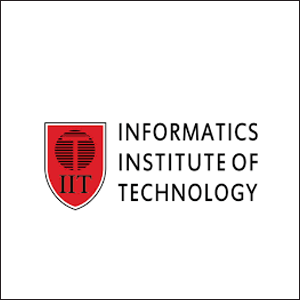
IIT – BSc (Hons) Computer Science
IIT Campus Overview BSc (Hons) Computer Science provides a solid foundation and training regarding the fundamentals of the computer science field, along… -

APIIT – BSc (Hons) Cyber Security
APIIT Sri Lanka Overview Our BSc (Hons) Cyber Security award is designed to launch your future career in the protection of software… -

ICBS – BSC (Hons) Business Management with Marketing Management
ICBS Overview The BSc (Hons) Business Management with Marketing program, awarded by Queen Margaret University (QMU), is a highly regarded degree that… -
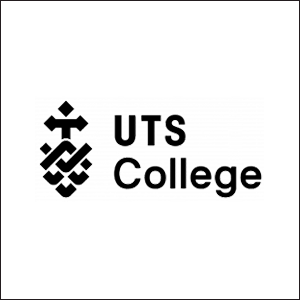
UTS – Diploma of Science
UTS College Sri Lanka Overview The Diploma of Science is designed to empower you to apply scientific thinking and analysis to important… -

CSA – Master of Architecture and Environmental Design
City School of Architecture Overview The Master of Architecture and Environmental Design Degree at CSA is awarded by the University of the… -

APIIT – BSc (Hons) International Business Management
APIIT Sri Lanka Overview Increasingly businesses are becoming more and more international. This requires business management professionals to have knowledge, skills and… -

IIT – BSc (Hons) Artificial Intelligence And Data Science
IIT Campus Overview The BSc (Hons) Artificial Intelligence and Data Science course is awarded by Robert Gordon University (RGU) in the UK… -

ICBS – International Degree Foundation in Business / IT
ICBS Overview The Scottish Qualification Authority (SQA) is a globally recognized organization dedicated to education and qualification development. SQA is responsible for… -

APIIT – BA (Hons) Finance and Business Enterprise
APIIT Sri Lanka Overview Finance and accounting are no longer just about taxation and the management of financial capital. This award will… -

APIIT – MBA General
APIIT Sri Lanka Overview The MBA is awarded by Staffordshire University, UK. This award is an advanced course of study in management… -

ANC – LLM in International Business & Commercial Law
ANC Education Overview This course is designed for graduates of law, business and finance in a legal or a corporate job role… -
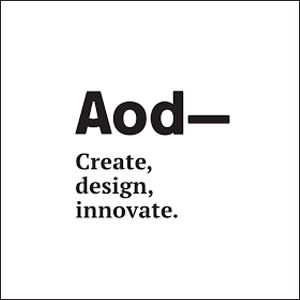
AOD – BA (Hons) Fashion Design and Marketing
Academy of Design Overview The syllabus is from the UK’s Northumbria University, as one of their most revered flagship programmes and is… -

APIIT – MSc. Marketing Management
APIIT Sri Lanka Overview This MSc Marketing Management degree – awarded by Staffordshire University, UK is an advanced course of study in…
Newswire
-

Shooting incident reported in Elpitiya
ON: April 4, 2025 -

Sri Lanka ready to engage with US on Trade Imbalance – Govt Statement
ON: April 4, 2025 -

Indian PM arrived in Sri Lanka
ON: April 4, 2025 -

Tariff issue : “My idea was to complete India ETCA in 2025” Ranil
ON: April 4, 2025

